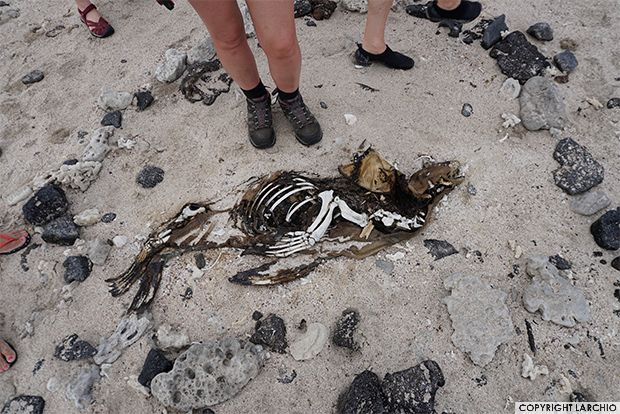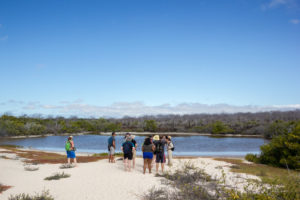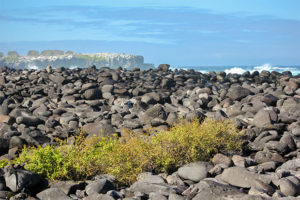Tourist Sites in Galapagos Islands
We are the best rated Galapagos local agency. Take a trip with us! Book today. Tourist Sites in Galapagos Islands.
Allocated down the equator, some 1200 km away from the South American shore of Ecuador, the Galapagos Islands really are the queen’s treasure of wild world.
A trip to this enchanted Galapagos islands lives up to dreams of a protected area removed from the usual concerns of the world. The atmosphere is are usually bright and sunny, along with the marine winds generate that best air temperature that can quickly de-stresses the body. The sea is an ever-inviting turquoise green, matched by extended sandy beaches of amazingly white, red, dark and green. You can find crystal creeks and sheltered mangrove lagoons, together with towering cliffs and caves.
We have the perfect compact ships and boats providing unparalleled access to the very best sites in the archipelago as well as the optimum standard of comfort and safety. The company is specialized in the perfect experience, which involves walks, swimming, surfing and sea windsurfing. You will understand the completely unique behavioral and biological aspects that species has evolved to adjust to the unusual environments on every single area. Due to the fact animals have developed without people and any other big predators, so you can commune closely with unique and weird creatures that have no fear of people. Discover among lava flows, white beaches, secluded coves and splendid underwater environments.
When is the right time to visit the Galapagos?
There are 2 seasons: December to May is warm and moist and June to December is dry and cool. Annual precipitation in the lower regions is 2-4in and the air temperatures can vary around 69°-84°F/21°-29°C.
The islands’ weather conditions are dependent on sea flow. The sudden weather change caused by El Niño can be disastrous: as many as 40% of sea lions and marine iguanas can pass away through this time.
The convergence of 3 major oceanic currents produces a tremendous combination of sea life to this islands. Regardless of being located in the equator, the Galapagos micro-climate is remarkably dry. During the cool period, the Humboldt Current provides moderately cold waters, which produces thermal inversions which obstruct rainfall.
At this time, a fine mist named “garua” is formed as cold, wet air just over the sea water meets a superior tier of air which is warmed up by the sun.
‘El Niño’ can be described as a rare event that takes place approximately every 5-7 years. The south east trade winds slow its speed and cause the ocean temperatures to increase drastically causing thunder storms and heavy precipitation.
Picking a Galapagos Cruise
There are several factors to take in to consideration when choosing a Galapagos Cruise: Boat dimension: a smaller boat provides a more intimate experience while a bigger ship moves less from the water for people prone to sea sickness. A catamaran will offer the benefits of both alternatives.
Sail boat vs motor boat: all boats need to utilize their motor to travel between visitor sites, so a sailboat may be more quaint, but you’ll be using the motor most any time you’re transferring.
Price: you get what you cover at the Galapagos in the kind of a more comfortable boat and greater quality guides.
Plan ahead in the event that you want to visit during the high season. Visiting out of those periods will still provide plenty of adventures and wildlife experiences, but costs might be reduced with fewer other tourists around.
With little variation in water and air temperatures throughout the year, and many species which are not migratory, an Isabela Island cruise is a fantastic adventure at any moment. Generally, however, the waters are clearer between January and March, making this a perfect time for enthusiastic snorkeling fans. The driest months are generally between August and December, ideal for beach lovers.
Pay a visit to the Galapagos in January to watch green sea turtles arriving and laying eggs on the beaches, also in April to find the eggs. Bird spotters will likely prefer to see Isabela Island between August and March, when the range of migratory birds is at its summit. October is the mating interval for fur seals, whilst brown nodes are active in November. December is the best month should you wish to witness the hatching of giant tortoises.
Before linking any Galapagos cruises, you will first have to create your strategy to mainland Ecuador. International flights generally arrive at the country’s capital city of Quito, even though it is also possible to take an international trip to Guayaquil. Flights to the Galapagos Islands leave every day from the Quito and Guayaquil. Flights from Guayaquil are briefer, and many departures from Quito stop in Guayaquil in route to the Galapagos Islands.
Many visitors in Galapagos are surprised to be greeted with desert-like vegetation–many are expecting a continuation of the lush greenery they observed on mainland Ecuador. In reality, the majority of the archipelago’s land area is covered by the brown and gray vegetation frequently located in deserts. The Galapagos Islands are situated in the Pacific Dry Belt, also in typical ages just the greatest altitudes of the bigger islands get enough rainfall to support tropical plant life.
Geologically speaking, the islands are young, and much of the island’s vegetation reflects this; many species seem to be in the midst of the evolutionary process, which makes classifying them a difficult task. To date, the islands are thought to be home to between 552 and 614 native species of vascular plants and roughly 825 introduced species, the majority introduced by people. Over 100 of those introduced species have become established in the wild, with many of them extremely invasive and of major concern. Three introduced plant species are eradicated. Mainland Ecuador, on the other hand, has about 20,000 species. The discrepancy between species number on the Islands and the mainland highlights the fact that the Galapagos Islands are separated from the continent with a hostile saltwater barrier decreasing the potential for birth and, once a plant has arrived, institution is difficult because of the harsh surroundings. It is worthy of note that over 30 percent of indigenous plant species found in Galapagos are endemic (not found anywhere else in the world).

Coastal plants are found in the narrow zone close to the shore and are distinctive due to their tolerance to sour conditions. Mangrove trees are one of the most common plants found within this zone, and they serve an important function since the breeding sites for many birds, like pelicans and frigate birds. They also give much needed shade regions for iguanas and sea lions, in addition to refuges for sea turtles.
The dry area is the most broad zone in Galapagos and is comprised of plant species that are highly adapted to drought-like states, such as succulent cacti and leafless shrubs that flower and grow leaves just in the brief rainy season.
Located above the dry zones would be the very lush and green, humid zones. The humid zone is only found on the larger, larger islands. The majority of islands in the archipelago don’t rise in altitude above the arid zone.
GALAPAGOS CRUISES 2024
NEMO 2
| DEPARTURES | ITINERARY | AVAILABLE CABINS | SPACES | |
|---|---|---|---|---|
| There aren't available dates for the selected dates |
















